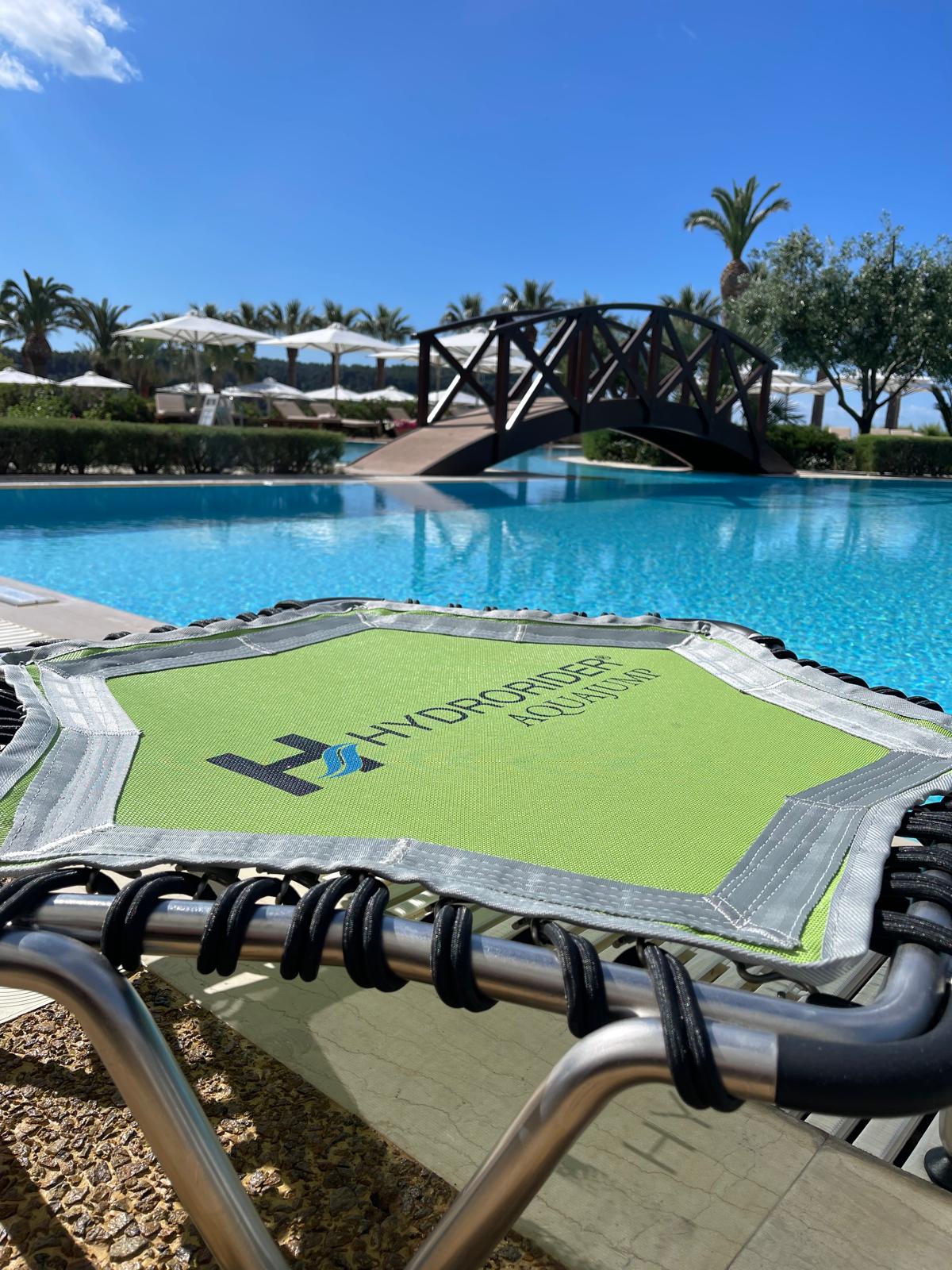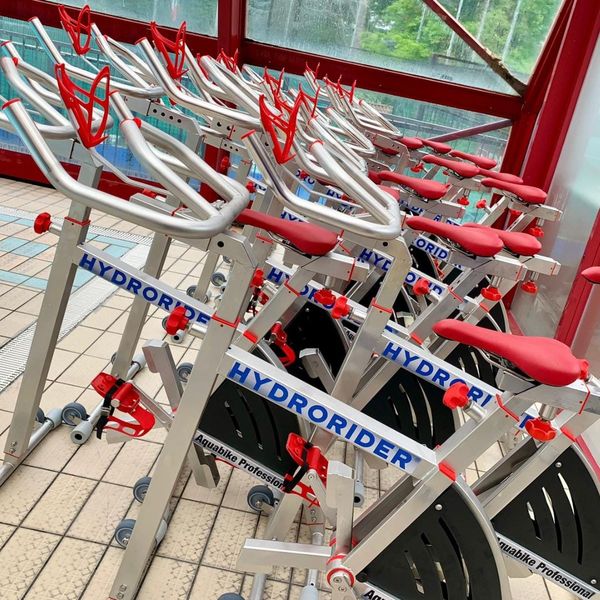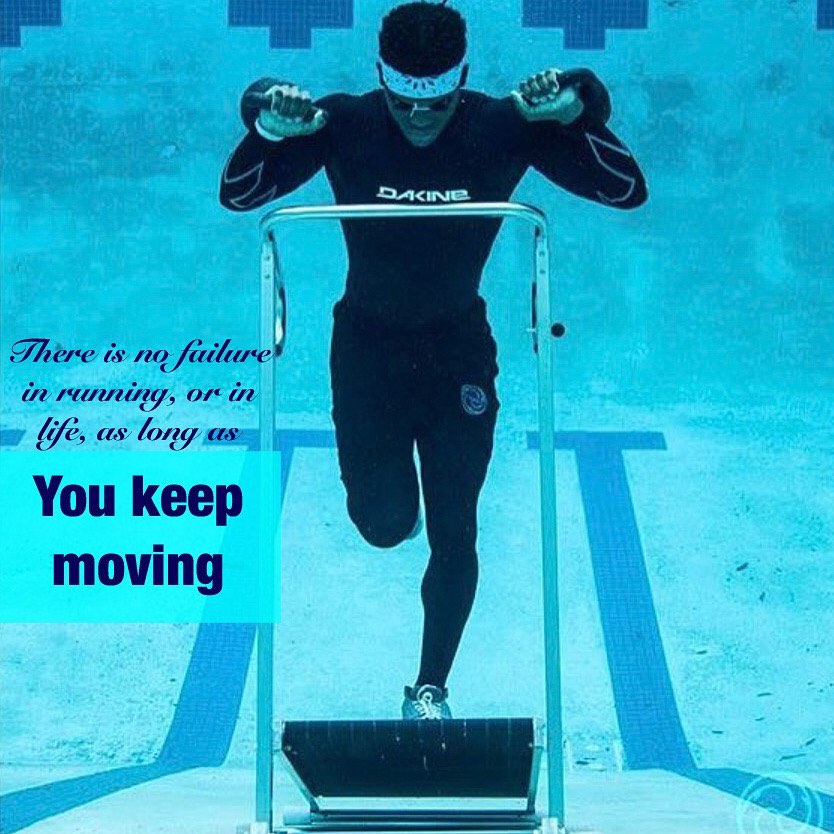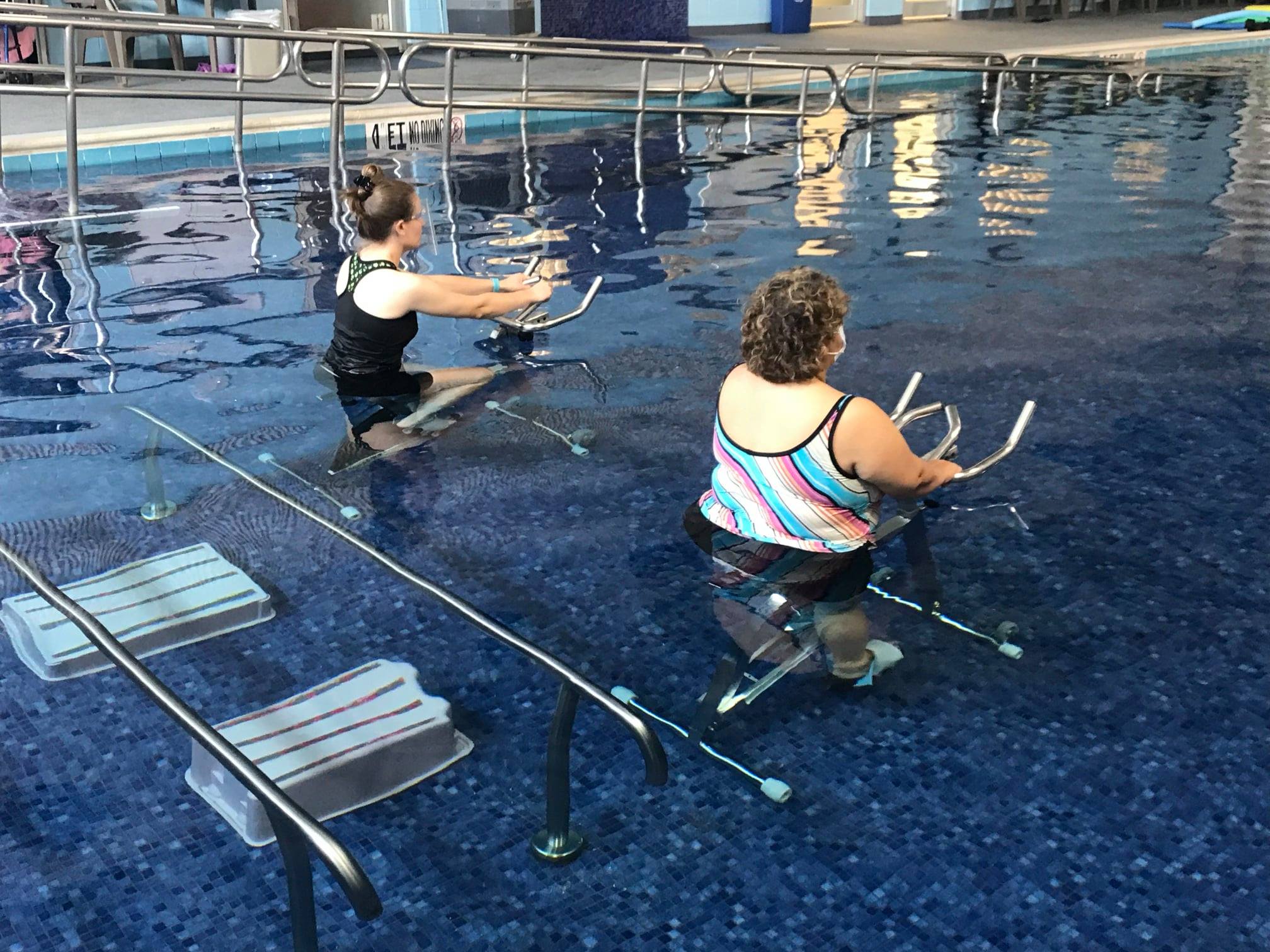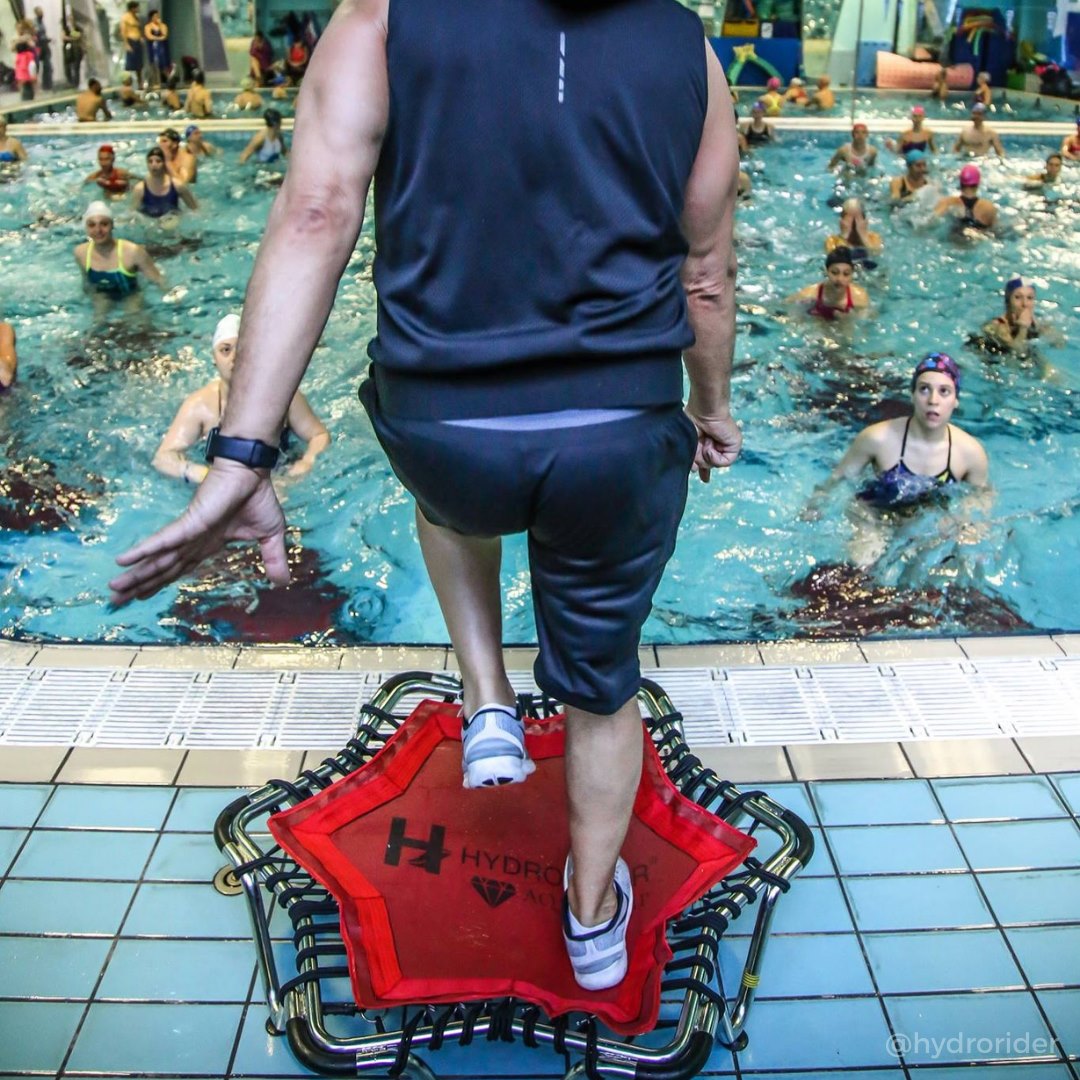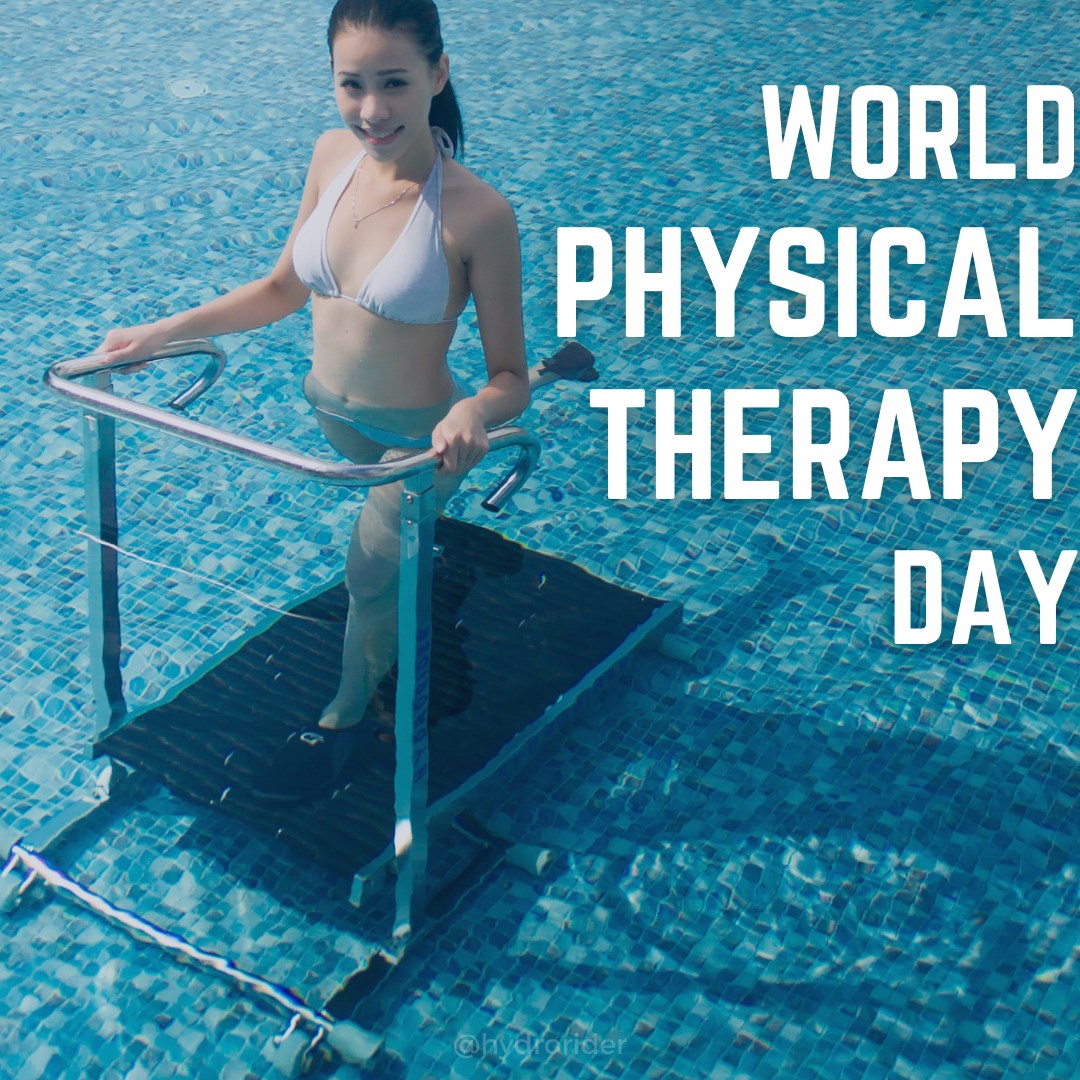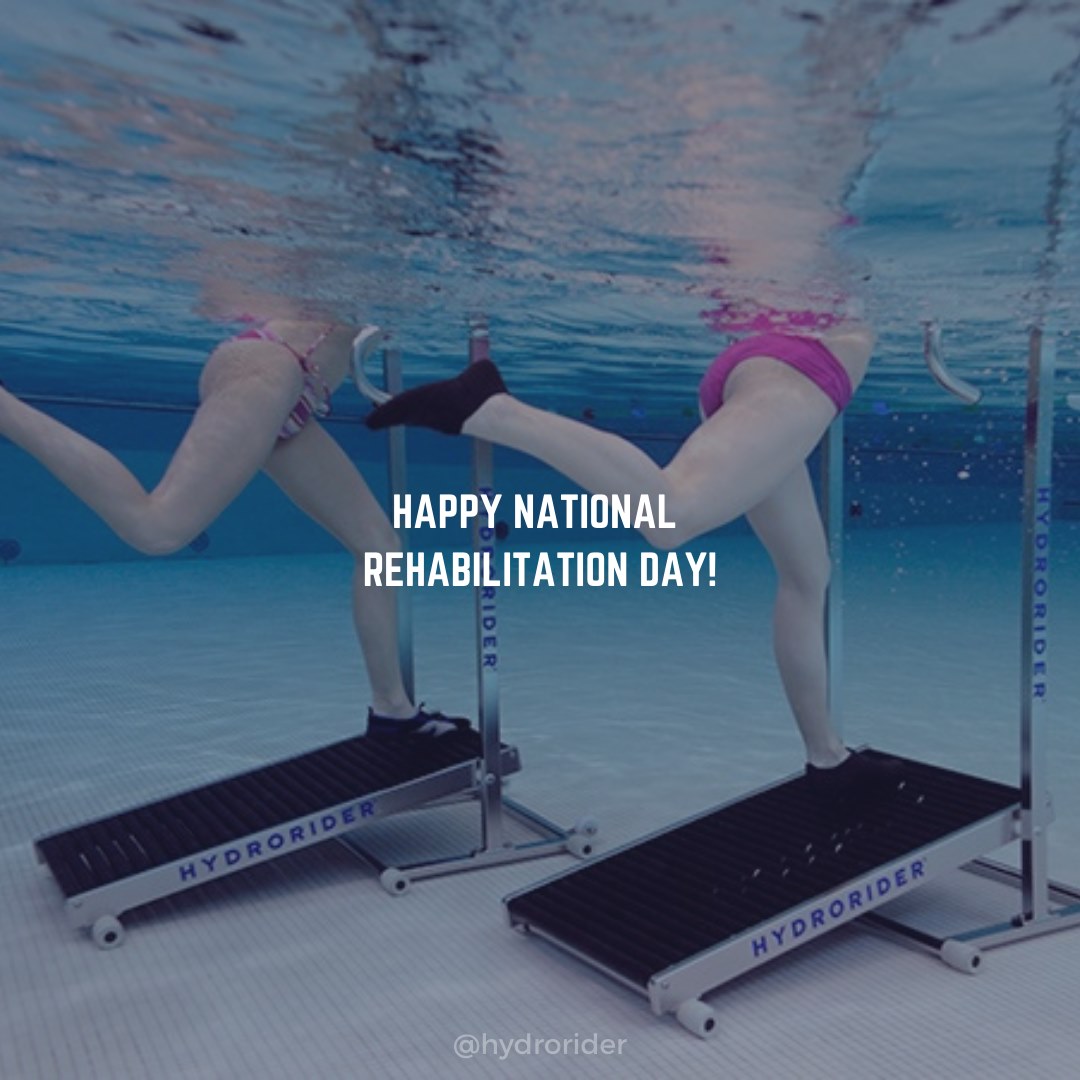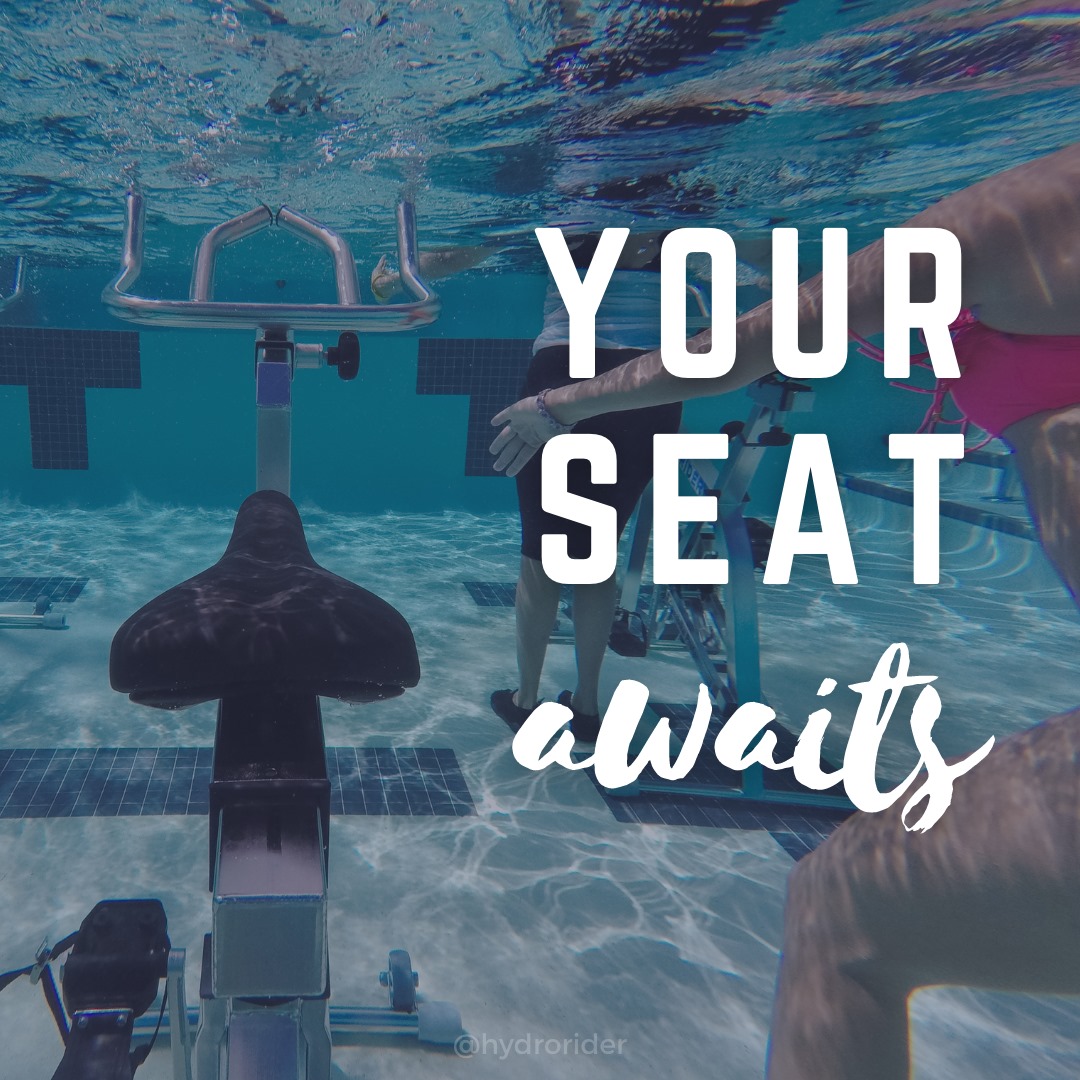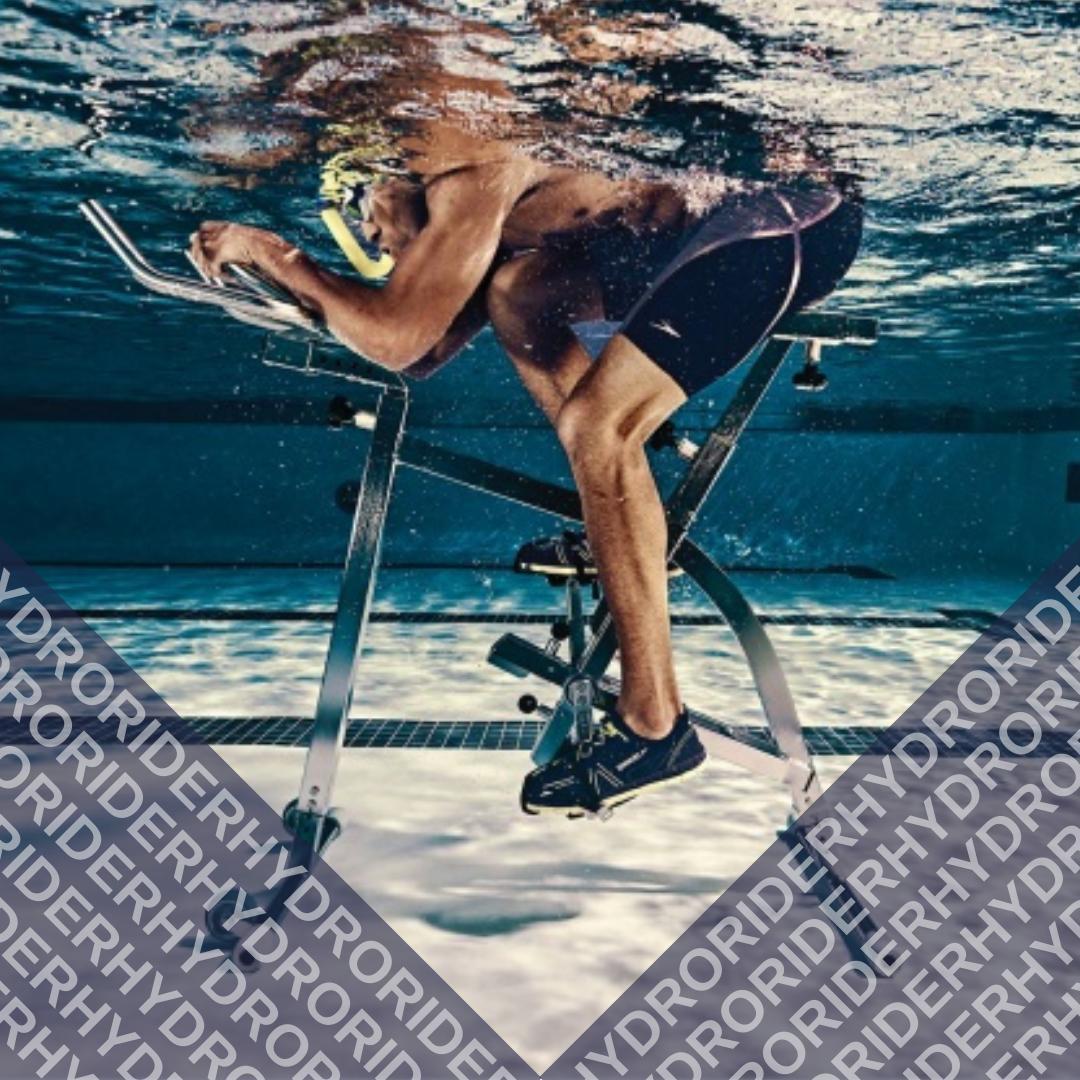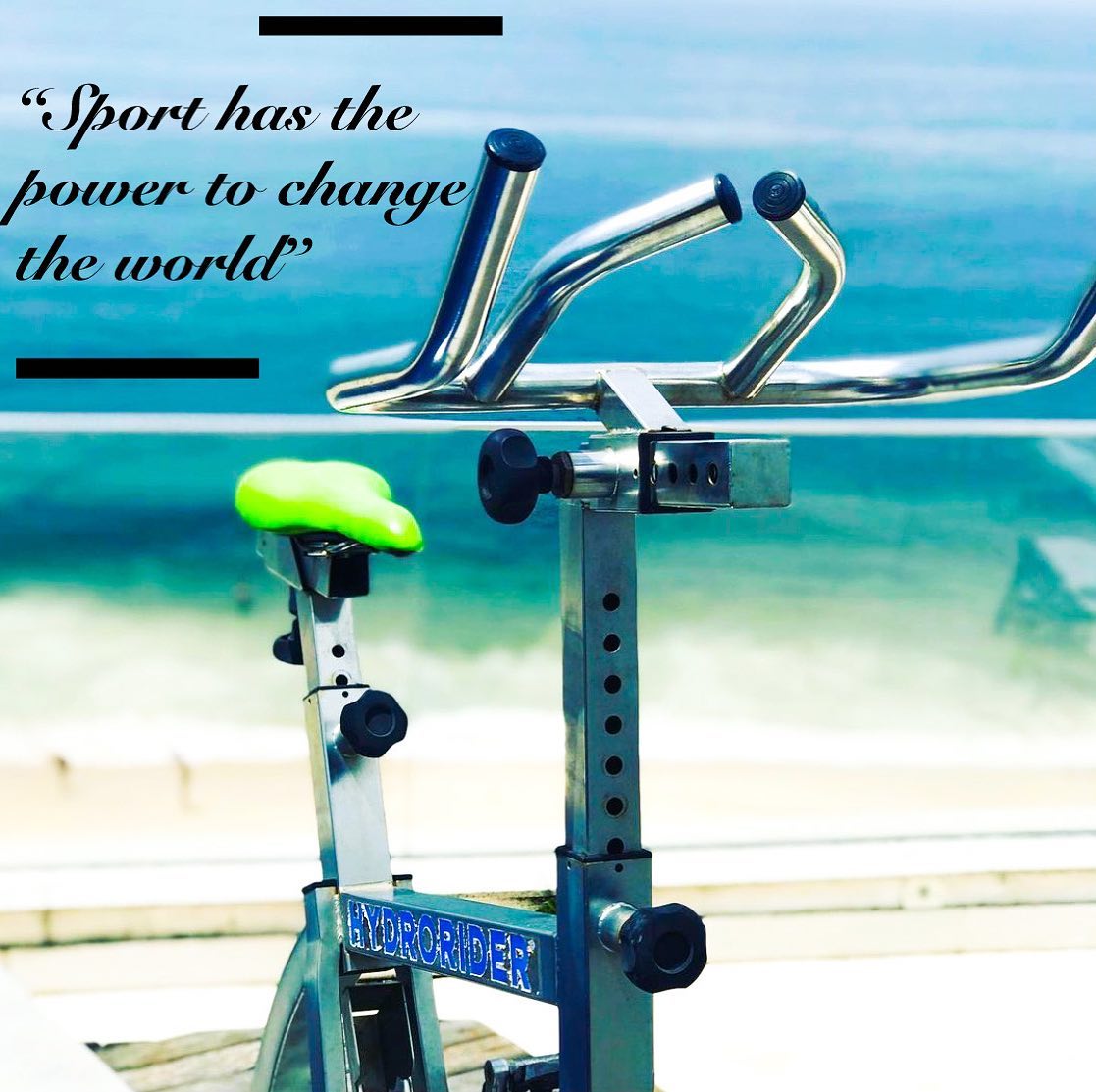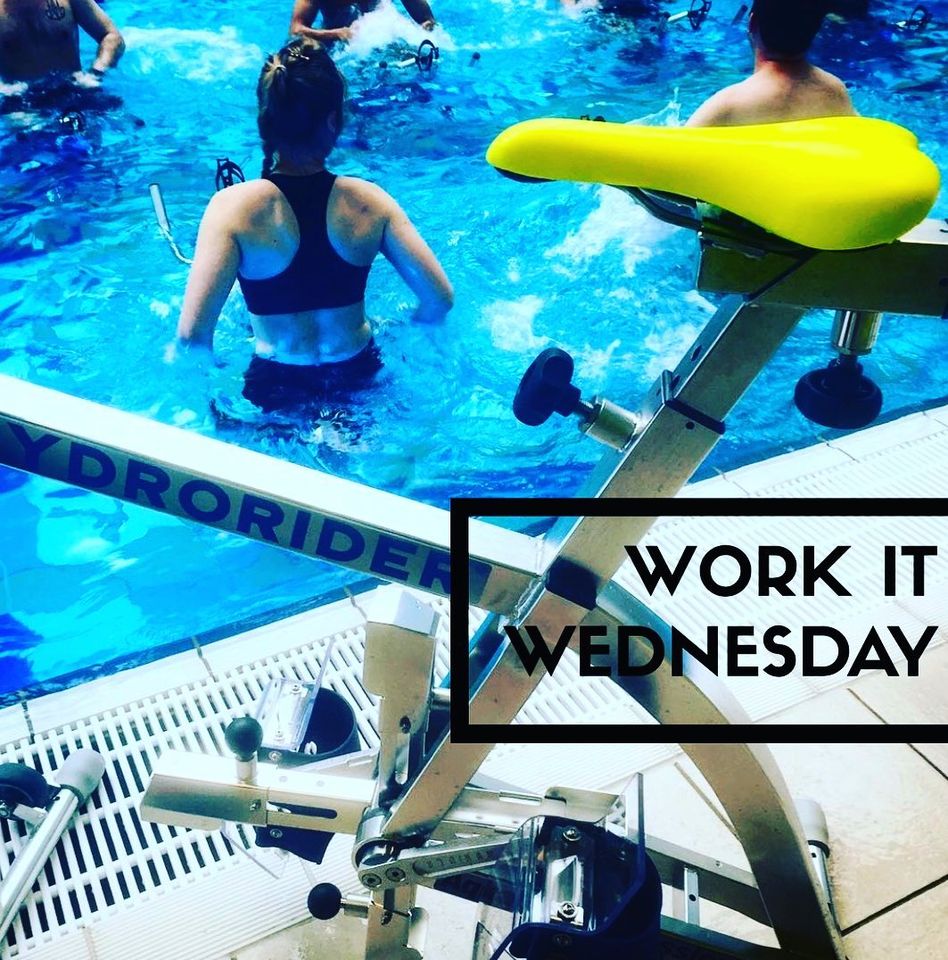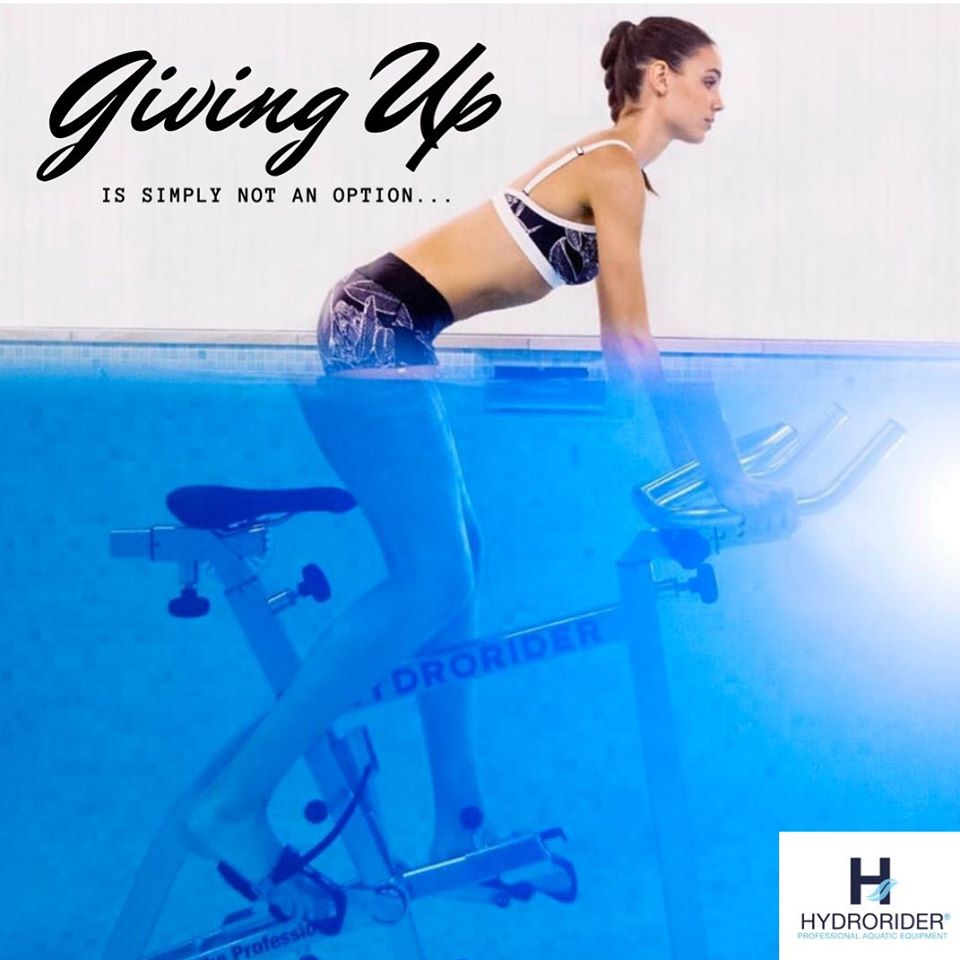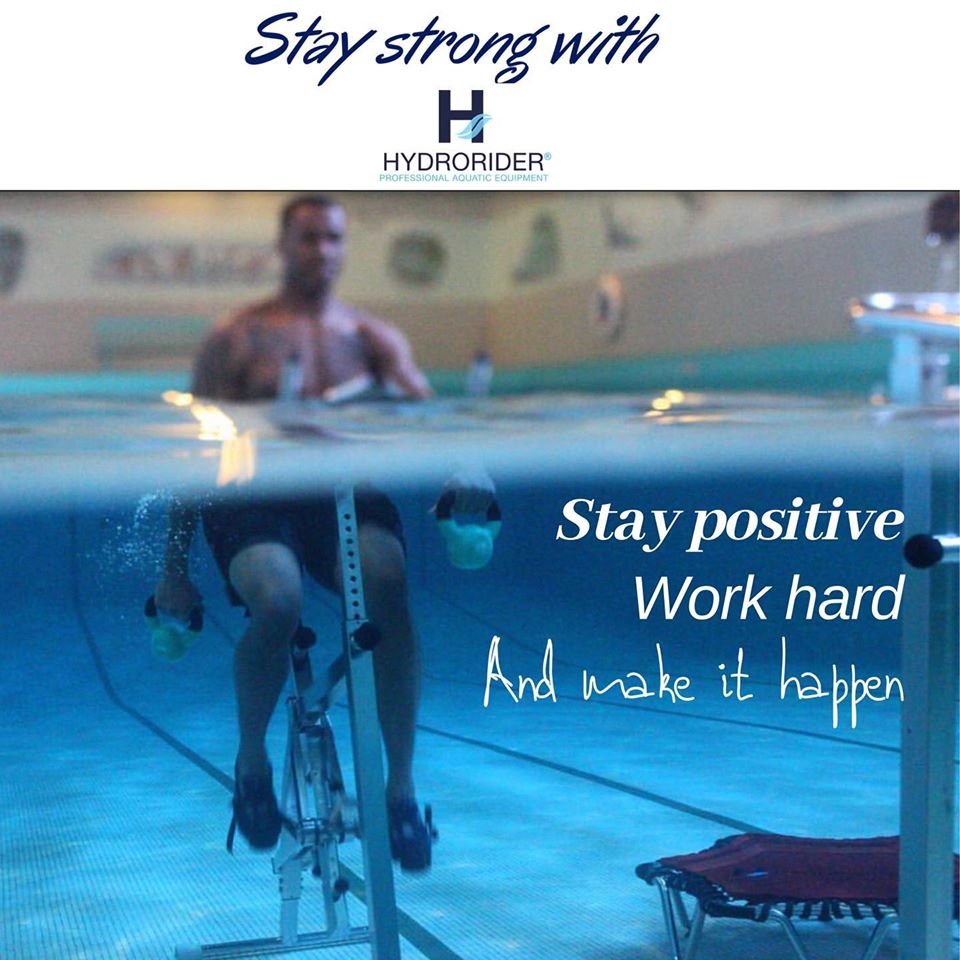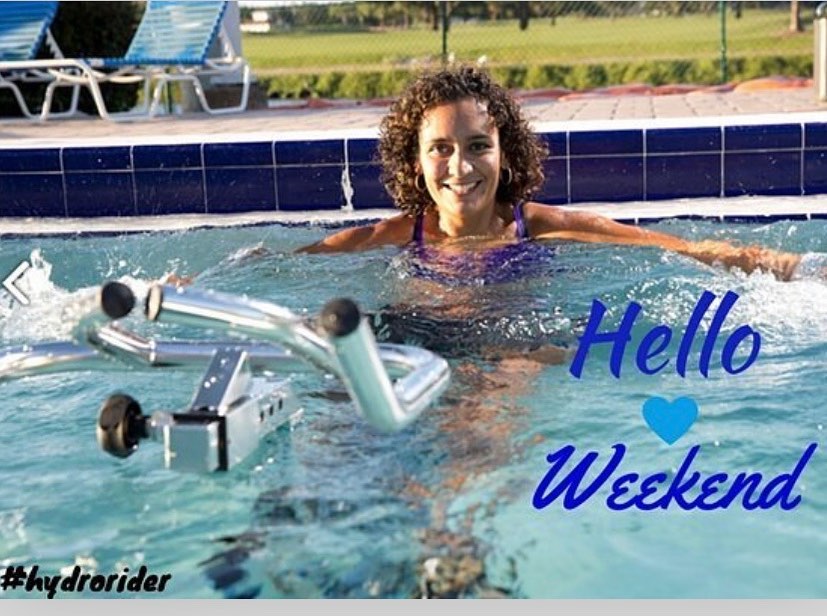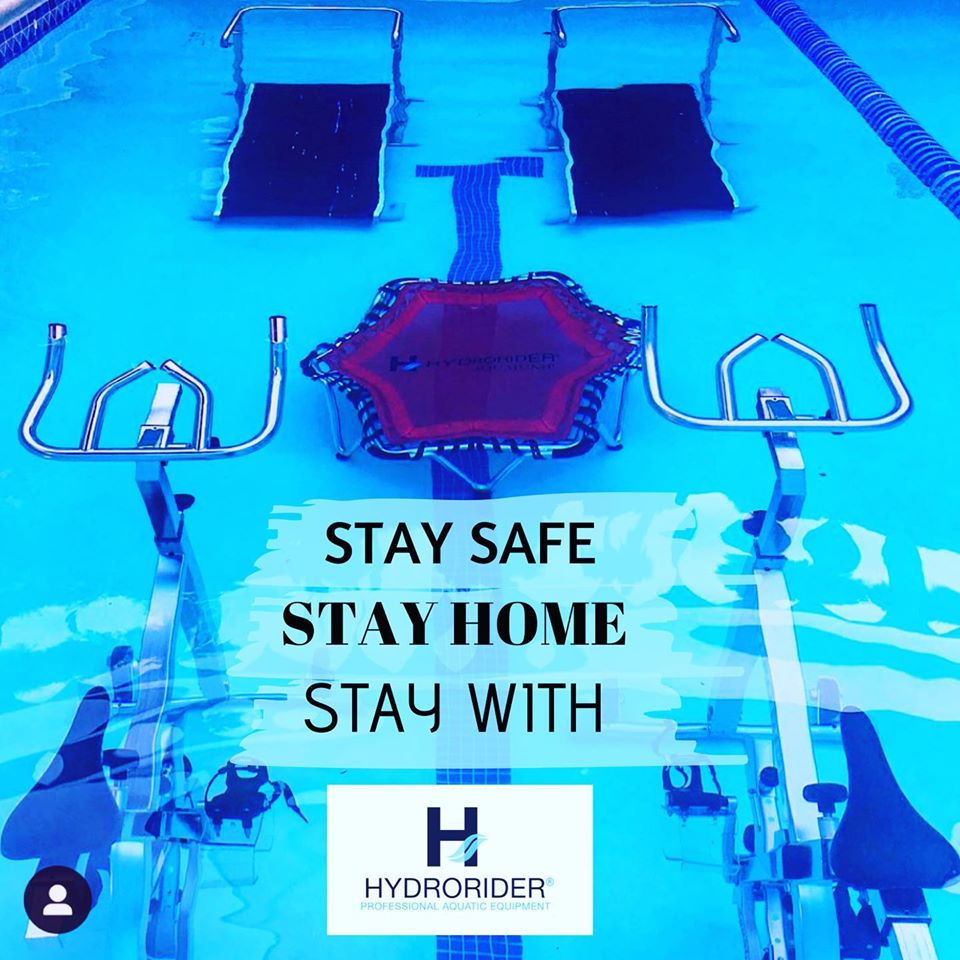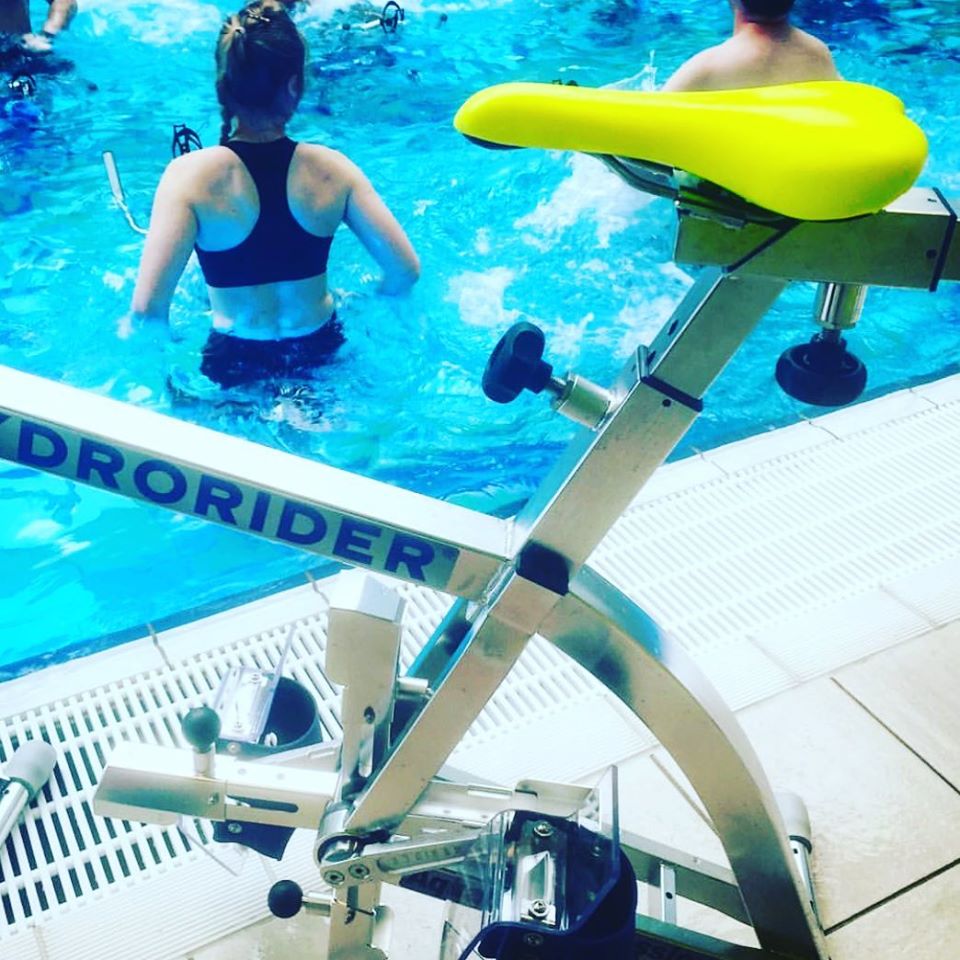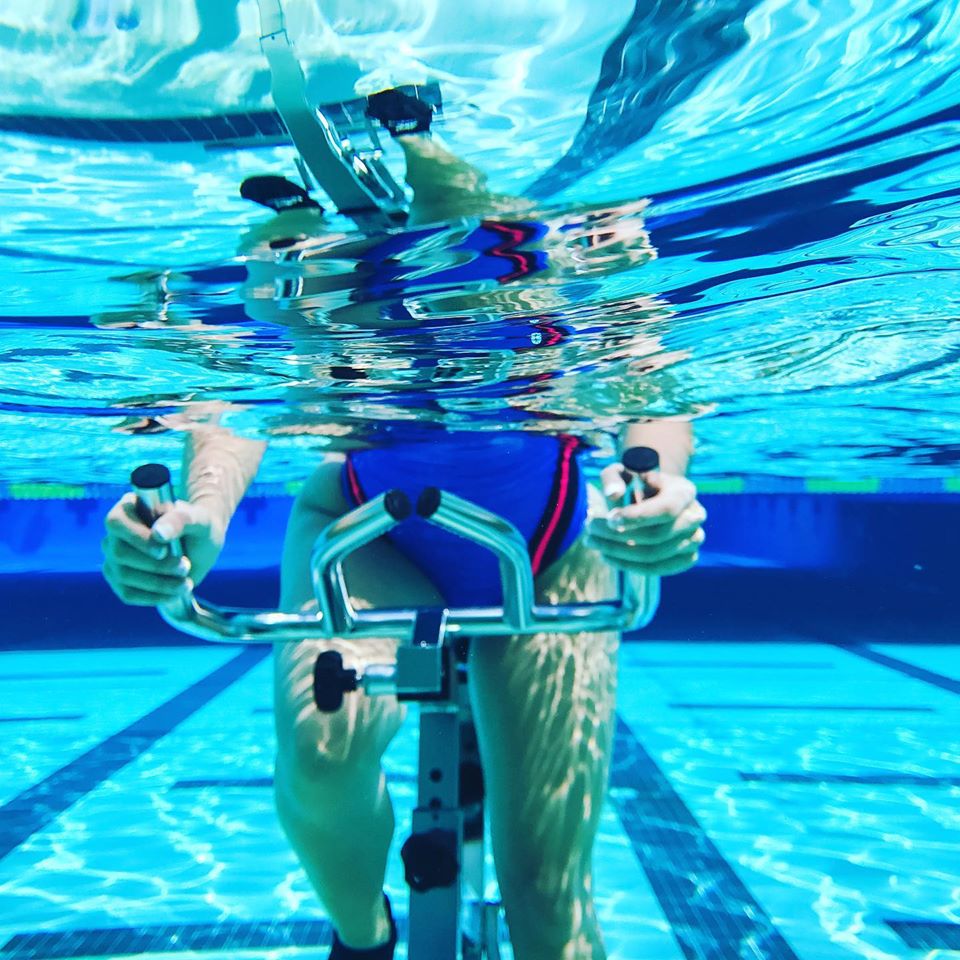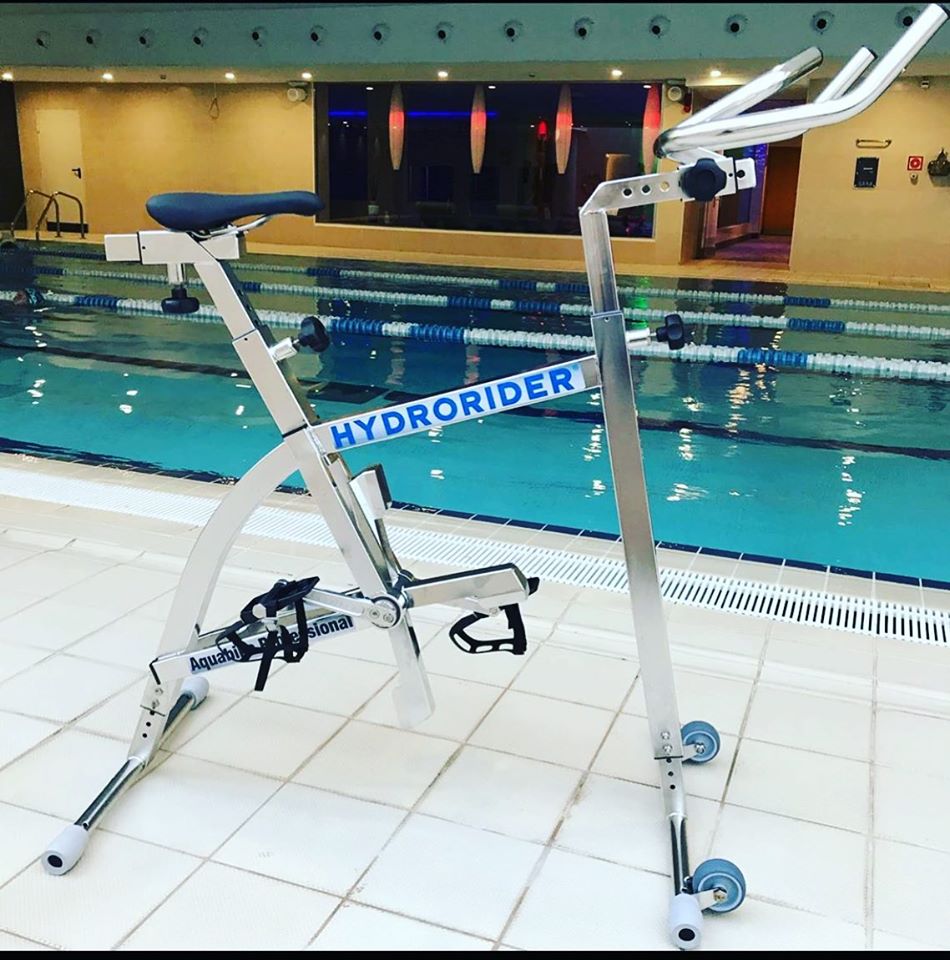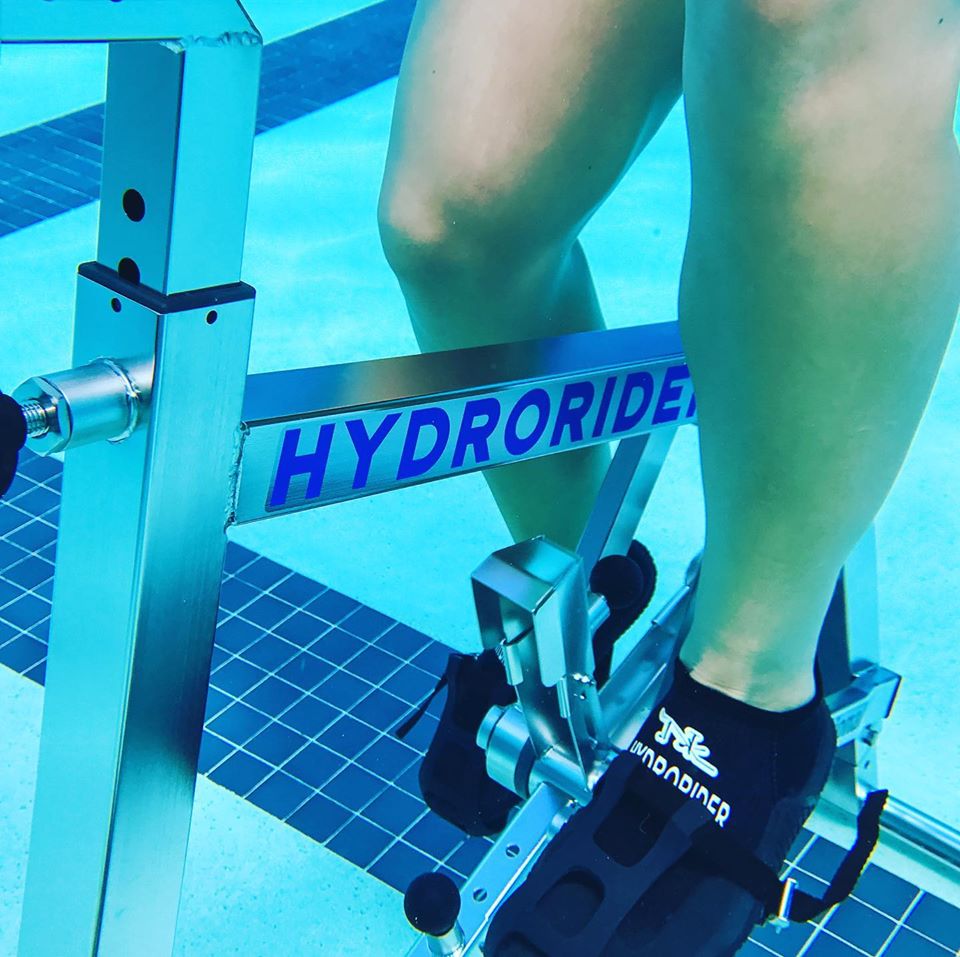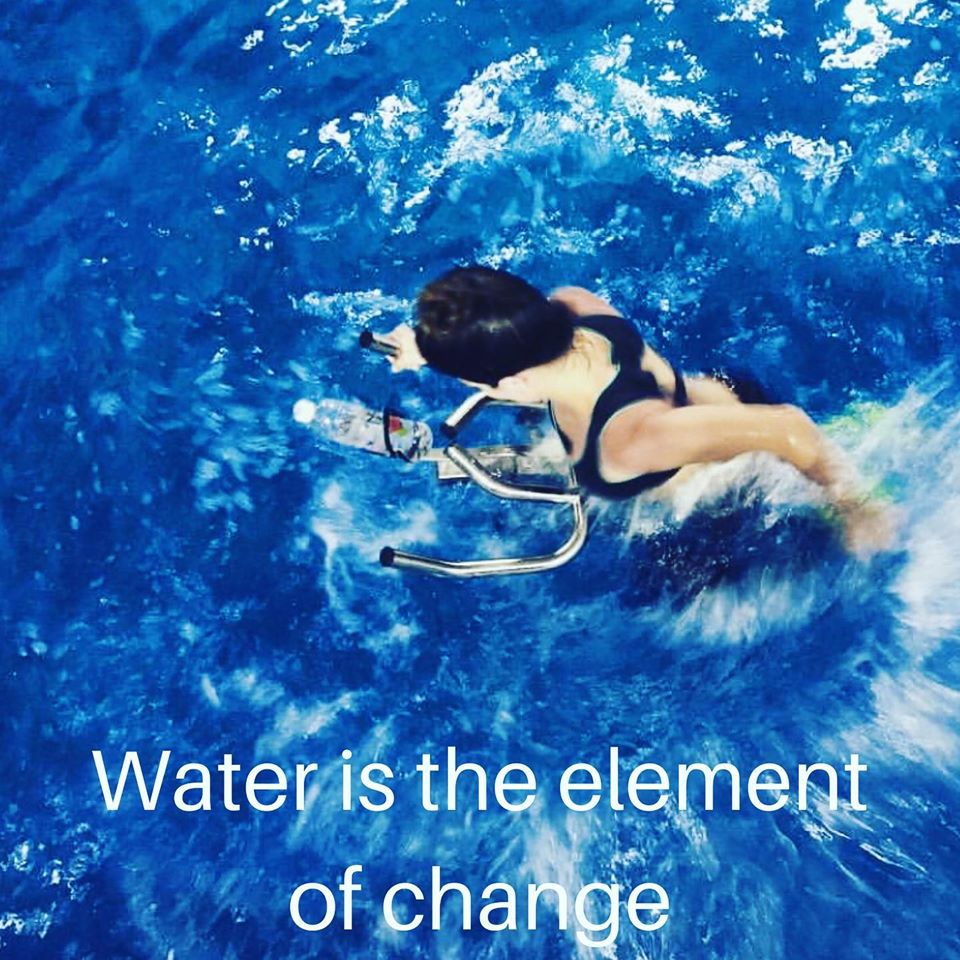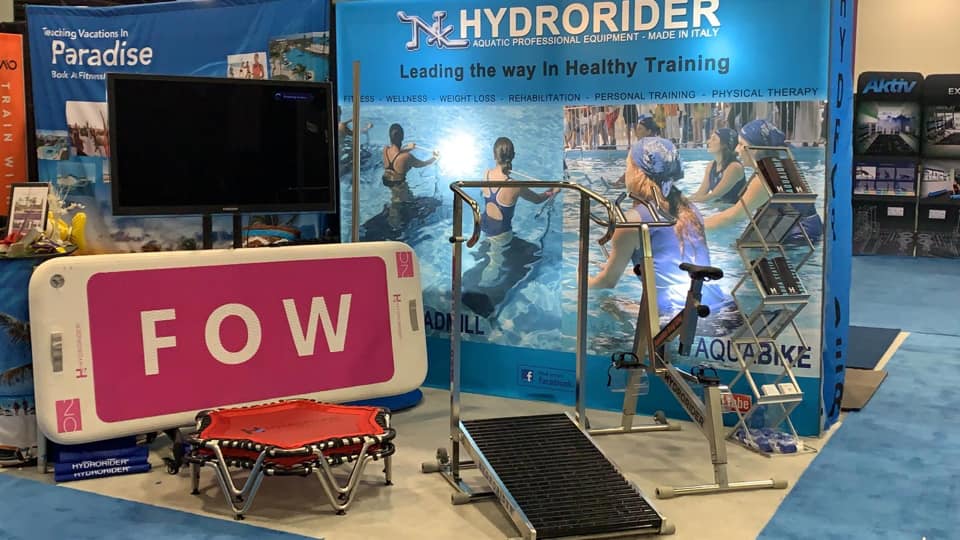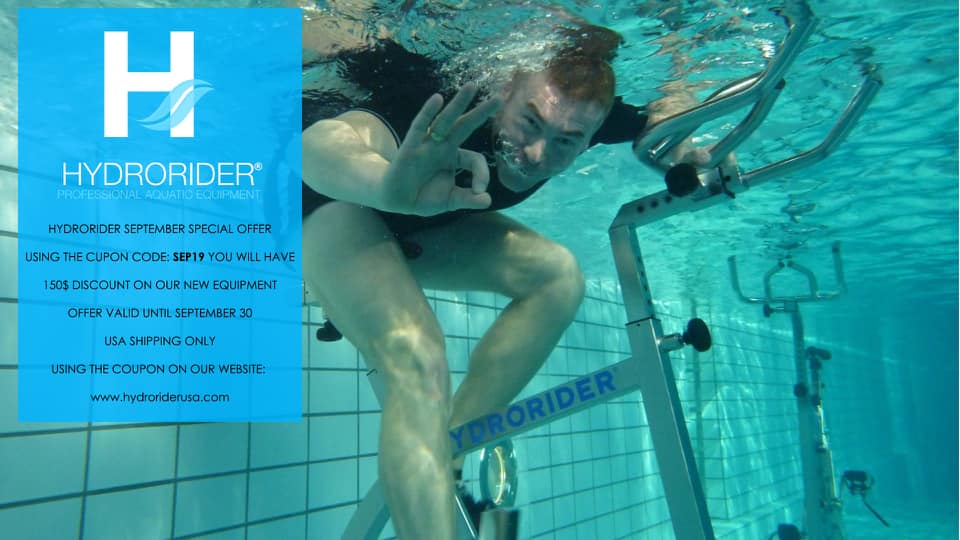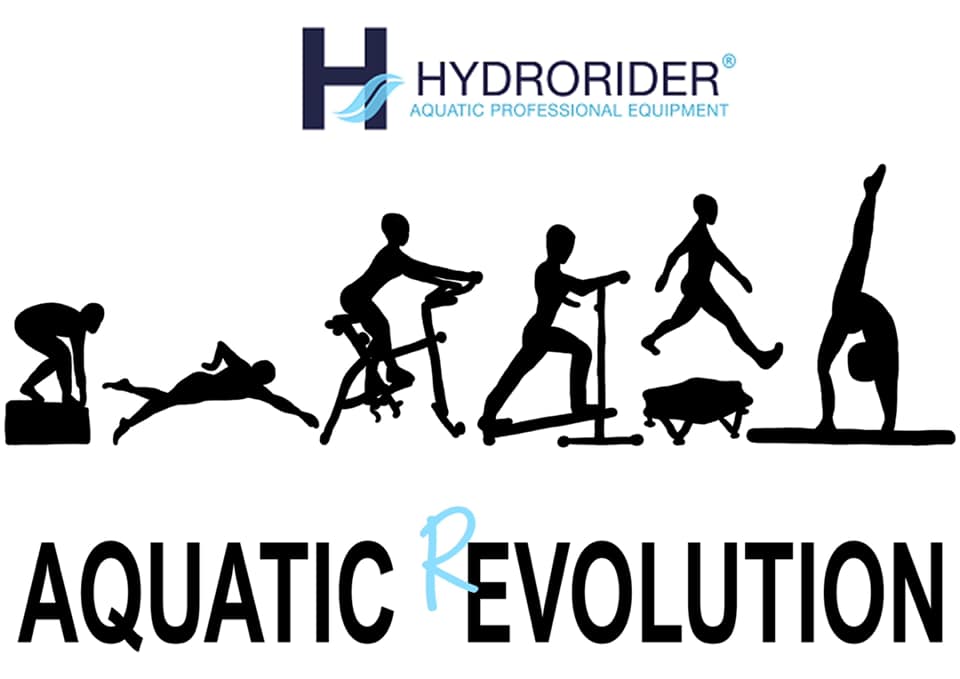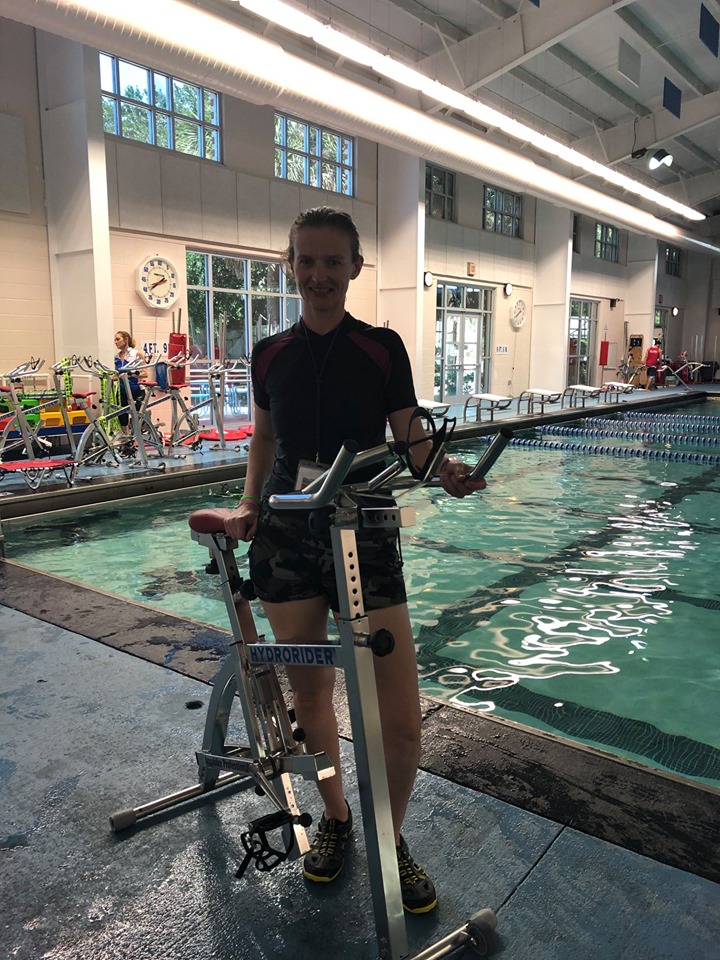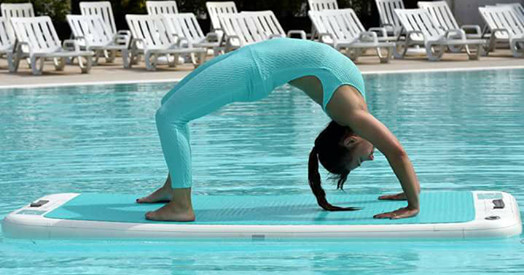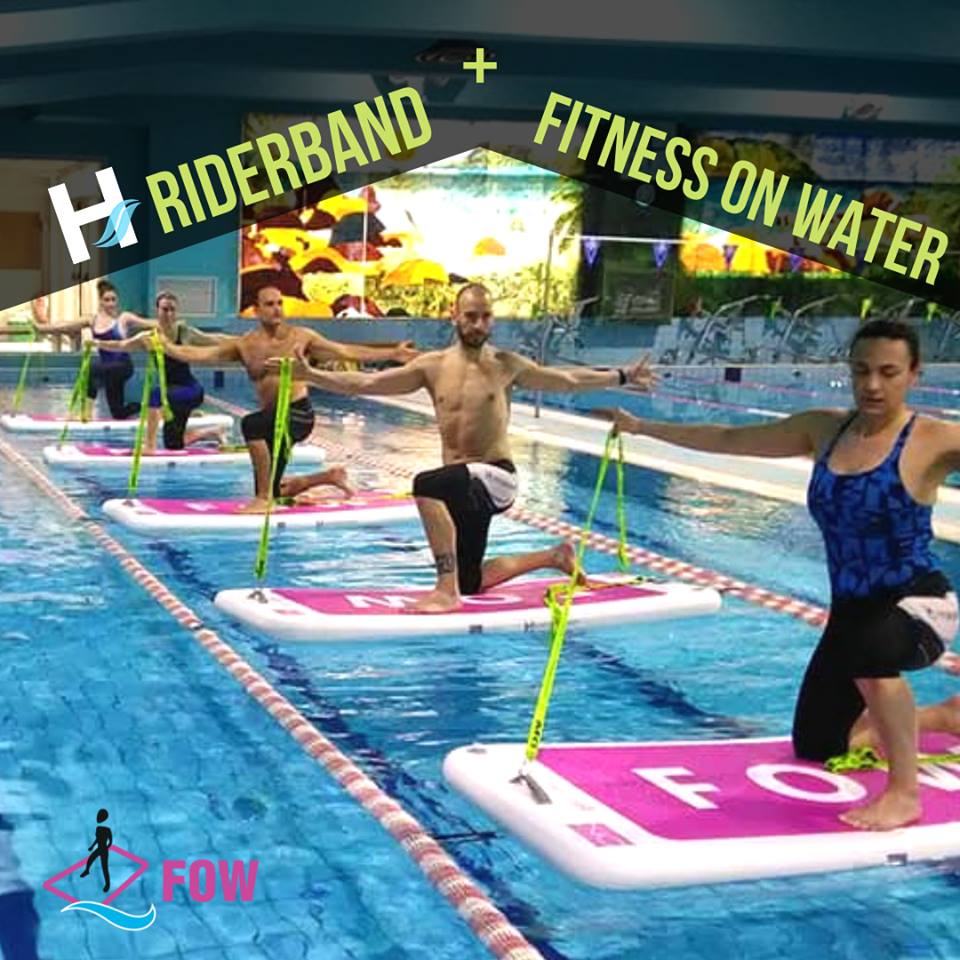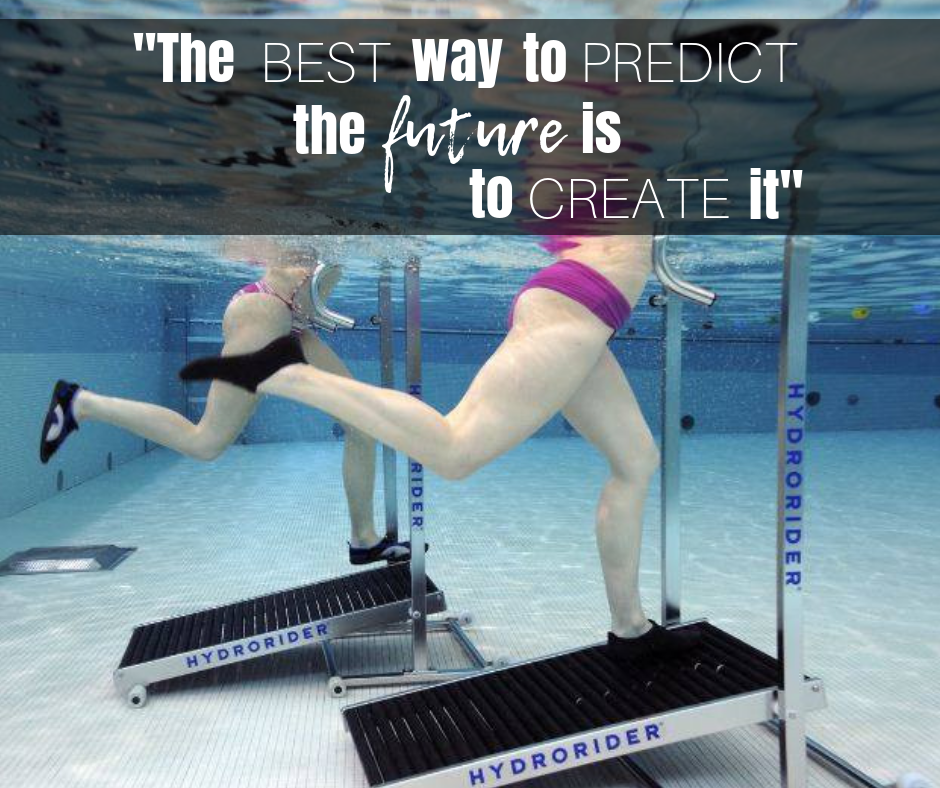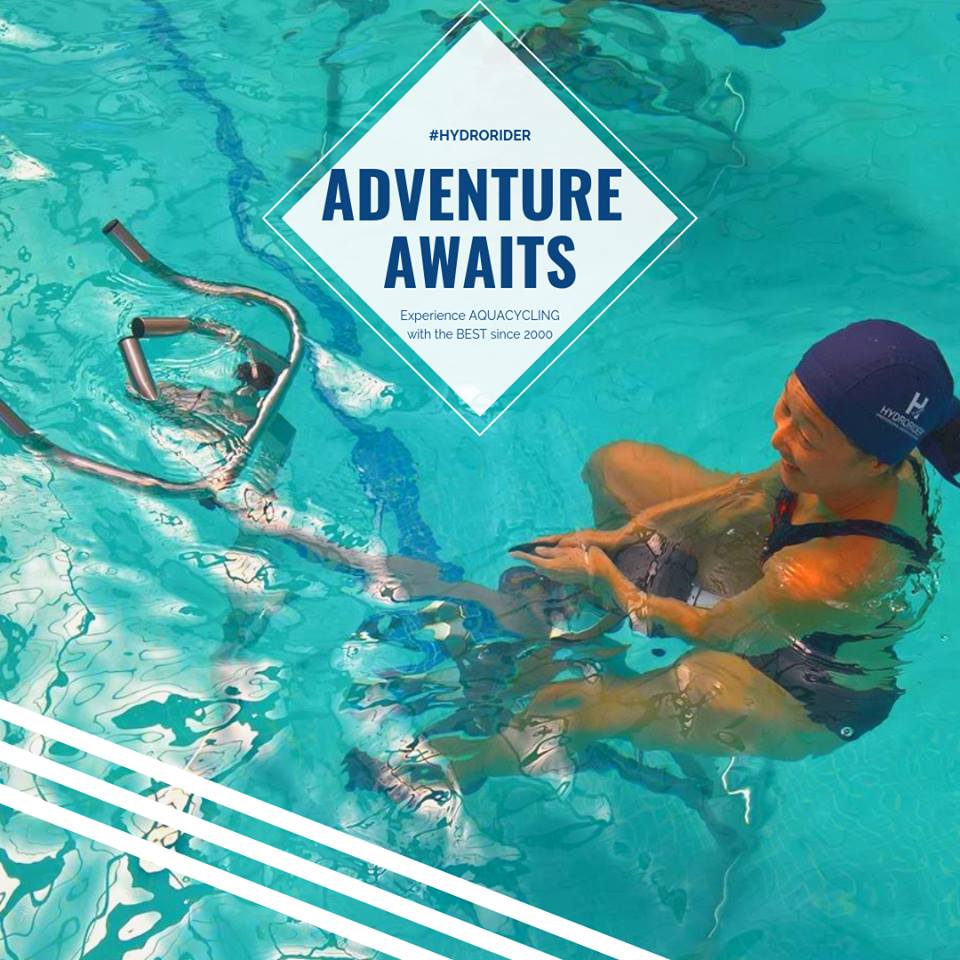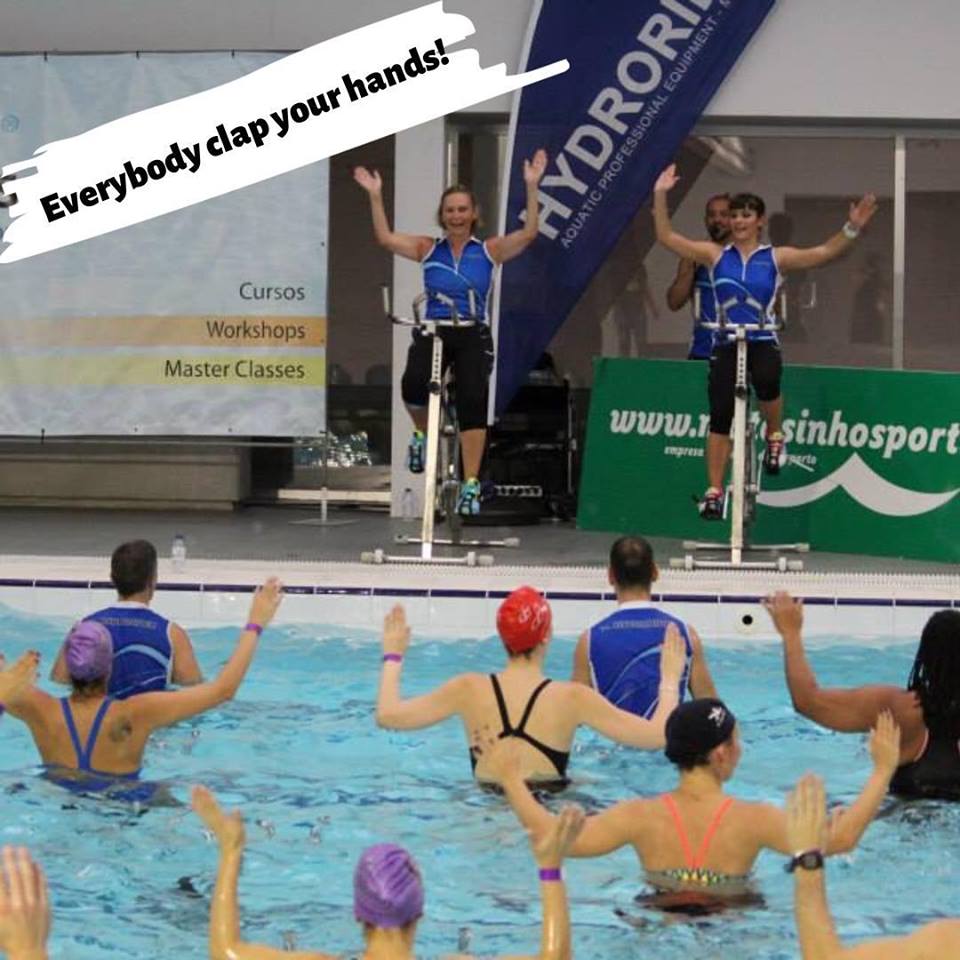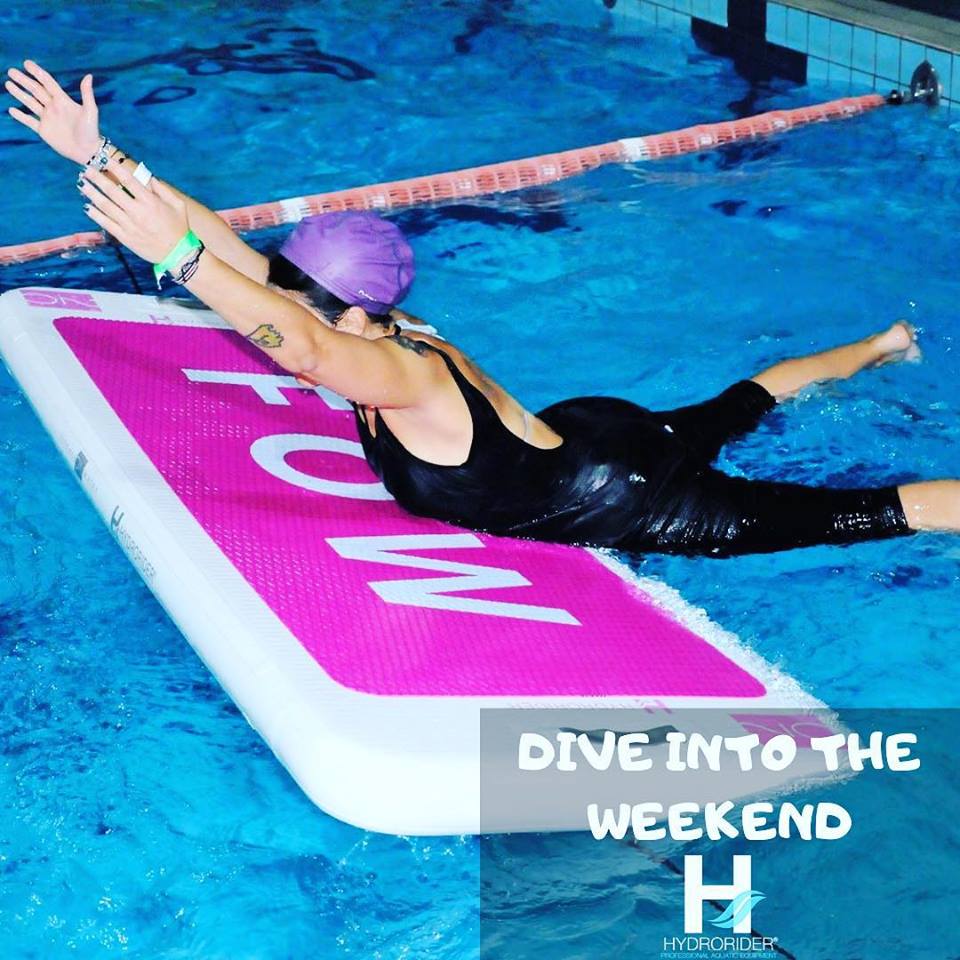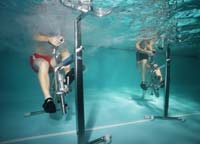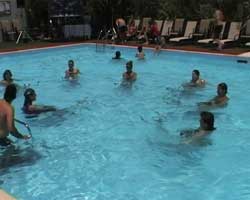Spending time in a pool won’t just keep you cool—it can help you get healthier, too.
Like land-based exercise, water workouts improve blood pressure and cognition, burn calories, and strengthen your muscles and cardiovascular system.
And because water is denser than air, it provides more resistance. That allows people to challenge their muscles while putting less pressure on joints, making it possible to comfortably do exercises they might not be able to do on land.
“Aquatic sessions can safely challenge people with physical limitations,” says Austin Way, a certified personal trainer and the fitness director at the Cal-a-Vie Health Spa in Vista, Calif., which offers more than a dozen pool-based classes. “Water lessens the effects of gravity, allowing movement through a wider range of motion.”
Why Making a Splash Is Good for You
According to a 2016 review of studies by the British Geriatrics Society, two water workouts per week significantly boosts the physical functioning of healthy people over age 50.
“We found clear improvements in muscular endurance and aerobic power compared with no exercise,” says Daniel Daly, Ph.D., one of the review’s authors and a professor of kinesiology and rehabilitation sciences at KU Leven University in Belgium. Agility and flexibility also improved.
Other research has found that pool exercise is especially helpful in reducing pain and disability in people with osteoarthritis, particularly those who have knee or hip problems.
“Pain in these areas is often exacerbated during activities performed in a weight-bearing position,” says Carol A. Oatis, P.T., Ph.D., a professor in the department of physical therapy at Arcadia University in Glenside, Pa., and a member of the Association of Rheumatology Health Professionals.
When you walk in the water or do other pool exercises, its buoyancy eases the load on your hips and knees, she explains. This minimizes any pain or discomfort you might experience from the activity.
Have Fun on Your Own
The best kind of exercise is the type you’ll actually do—and research shows that people like aquatic workouts more than those on land. That may be because aquatic exercise feels easier, so you can work more comfortably at a higher intensity.
By yourself, you can do resistance-band exercises in chest-high water, walk briskly in a pool’s shallow end, or wear a flotation belt to run in deep water.
To work out with others—which may make exercise more enjoyable—try an aquatic group fitness class (see below).
Whatever water routine you choose, do it at a moderate intensity at least twice a week to reap the rewards.
Or Try One of These Classes
If you want to dip a toe into a group aquatic fitness class, here are descriptions of five options. Many are available at local YMCAs, community pools, and health clubs.
Ai Chi. This form of tai chi combines deep breathing and a series of slow-paced movements done in shoulder-deep water. It may improve movement and balance.
Aqua Cycling. During this class, participants ride stationary bikes in the shallow end of a pool. “The resistance comes from the water,” says Way. “The intensity is determined by how fast you pedal.”
Aqua Pilates. This class includes strengtheners, such as leg circles and side bends, done in the shallow end of the pool or while lying on a floating board that’s anchored so that you don’t drift away. “The instability enhances recruitment of the deep stabilizing muscles of the pelvis and spine,” Way explains.
Aqua Yoga. You’ll do a series of standing yoga poses in a pool during this class. The water allows your body to bend in different ways than it can on land.
Aqua Zumba. “This is a pool party!” Way says. An instructor teaches you easy-to-follow dance combinations that you repeat to the beat of music to boost your heart rate.
Posted by Hydrorider
Original Link: https://www.consumerreports.org/exercise-fitness/best-pool-exercises-water-workouts/

